Sony Xperia Z5 vs LG G4: first look
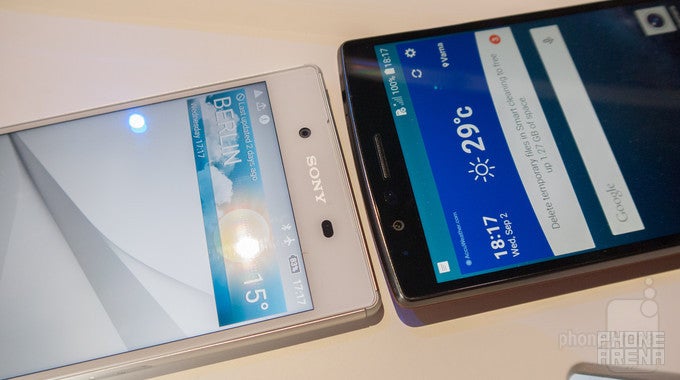
Introduction
Now that the Xperia Z5 has officially become matter of fact, we're keen to get some early looks and comparisons going! One that we definitely feel like putting against the new Sony flagship is LG's current numero uno, the LG G4. The leather-backed phablet is definitely among the more interesting offerings to emerge throughout this year, so we deem it, in fact, very worthy of being compared with Sony's beautiful beast. Let's see how this will go down!
Design
We've sung our praises for Xperia handsets' appearance and build many times before, but we've never turned a blind eye to the fact that Sony's design evolution has been a slow process of subtle reiterations, just like Apple's. However, Sony's habit of releasing two flagship smartphones a year backfired by really bringing Sony's reservedness for novel design ideas into people's attention. Unsurprisingly, we are going to do the same thing for Sony's fifth-generation flagship smartphone. Yes, the Z5 is a total looker with its elegant and understated metal and glass build. Yes, it's also waterproof, which we, along with countless Japanese women who bathe with smartphone in hand, adore. It also doesn't bring anything new to the table, save for a "frosted glass" finish that's matte and less slippery than before.
Display
Even though Sony released the world's first 4K resolution smartphone without batting an eyelid, it somehow managed to restrain itself from upgrading its flagship handset's screen to a resolution higher than good ol' 1080p. Ah, well! The Z5's 5.2-inch display is still an IPS LCD panel with a pixel density of 441 pixels per inch that's equipped with Sony's Triluminos and X-Reality image enhancements, ported straight from the company's television sets. Unfortunately, we don't have the exact display measurements to assess the display's most important properties in full, but the time for this will most certainly come.
As for the LG G4, it is yet another example of modern day IPS LCD technology in action. Not just plain old LCD, mind you, as LG couldn't resist the opportunity to tinker with it, being a TV maker and all. Thus, the LG G4's panel comes with a wider color gamut, tastefully boosted tones, and a sharp-as-nails Quad-HD resolution that amounts to a pixel density of 538 pixels per inch. It definitely isn't the most color-accurate panel around, but then again, neither have Sony's displays been examples of lifelike color reproduction.
We'll be saving our final judgements for the Xperia Z5 review and in-depth comparison with the LG G4 we're about to do when the Z5 lands in our hands. But right off the bat, having spent some quality time with both devices in our lifetime, we're keen to tell you that their displays are just dandy for multimedia and video games, as they are big, bright, saturated, and have a nice contrast response.

Interface and Functionality
Both the Xperia Z5 and the LG G4 are Android Lollipop devices, but the similarities in their user experience are few and very general. Basically, both have that straightforward "stock Android" feel to them, but whereas Sony's design is more like Android au naturel with some proprietary apps, widgets, and services stacked on top, LG's experience is very colorful and human-centric, in that lively Korean manner.
Functionally, the LG G4 bears many of the same core features of LG’s experience, such as Knock On to turn on/off the screen by performing a double tap, QSlide apps that get placed over whatever we’re doing, and Dual Window for true multi-tasking with apps running side-by-side. Clearly, the experience caters to all sorts of users, including power ones who yearn for a deep and functional experience. There are some useful tricks too in tow that enrich and simplify the experience, like the pull-down gesture when the screen is off to quickly peek at the time, a quick help guide, and Smart Notices that dish up useful tidbits. For example, Smart Notices reminds us that there’s rain in the forecast, so it’s a good idea to bring an umbrella.
Processor and Memory
Just like the Sony Xperia Z3+ before it, the Xperia Z5 works on the back of Qualcomm's latest hi-end silicone, the Snapdragon 810, paired with 3GB of LPDDR4 RAM. Interesting enough, this same configuration powers the 4K resolution Xperia Z5 Premium, so you might be curious about Sony's hardware decision.
Not LG, though. Our Korean friends supposedly chose the Snapdragon 808 from day one, designing the LG G4 to make the most of its abilities. The leather-clad flagship also comes with 3GB of RAM, although it's the less fast, but still ripping LPDDR3 kind.
From our experiences with the Xperia Z3+ and the LG G4, we can tell you that the Snapdragon 810 is a more potent gaming platform than the Snapdragon 808, because it's got a substantially more powerful graphics unit. In addition, the Z3+ and the Z5 run a lower screen resolution, which means less pixel pushing for a GPU that's faster than the Snapdragon 808's, tasked with handling the LG G4's Quad-HD resolution. However, the Snapdragon 810 has always had trouble sustaining peak performance before heavy-handed speed throttling is applied to reduce heat generation. Comparatively, Snapdragon 808 are more consistent in their performance, even if they are less powerful by design.
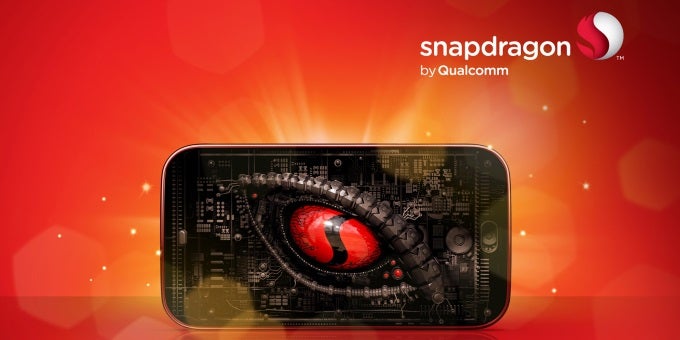
Camera
Both Sony and LG take pride in their smartphones' camera prowess, so it comes as no surprise that the Xperia Z5 and LG G4 boast same major photographic artillery! But even though LG can still stand on its own with that wonderful 16MP rear unit and color calibration sensor combo, nothing comes close to the Xperia Z5's 23MP cam sensor, a special treat that Sony had been "hiding" away from its camera sensor clients so the Z5 can land dibs on it.
While we still don't have full resolution sample photos from the Z5 to make a proper assessment of its camera performance against the LG G4's, we are going to add one as soon as we manage to shoot some photos. We expect very good results out of that mighty sensor, considering it has to be an improvement over the Xperia Z3+'s already excellent imagery. In addition, the Z5 is said to boast the fastest auto-focus speed around, which adds to the impressiveness.
Speaking of RAW images, both the Xperia Z5 and LG G4 have camera apps with manual shooting modes, letting knowledgeable or adventurous users take full advantage of these beasts' state-of-the-art camera sensors. Oh, and selfie-taking enthusiasts will get a kick out of the fact that the Z5 and G4 have 8-megapixel front-facing cameras, perfect for capturing big and detailed images for your thriving Instagram account. Hopefully, Sony has found mercy and turned off the overblown skin smoothing thing, or at least provided an option to remove it this time around!
Battery life
So, the Sony Xperia Z5 has mostly the same hardware as the Xperia Z3+, and comes with about the same 2900mAh battery unit (the Z3+ has a 2930mAh battery). That can't be good news for battery longevity, as the Z5's predecessor posted the worst battery test result out of all the Xperia flagships we've tested through the years. At 7 hours and 15 minutes of constant on-screen use, the Z3+ still racked up a better result than most of this year's hi-end smartphones, including the LG G4 and its middling score of 6 hours and 6 minutes. Hopefully, Sony has managed to extract another hour or two of operation out of Qualcomm's temperamental chipset.
Expectations
The Sony Xperia Z5 and LG G4 are very competent smartphones, but their vast design and considerable hardware differences turn them into rather personal choices. It's either the Sony way or the LG way, as there hardly are places where the two smartphones overlap. However, both have their distinct design charm, offer lots of competent functionality, and their screens are sure to please mass consumers and their love for bright, punchy colors.

Follow us on Google News




![Some T-Mobile users might be paying more starting in March [UPDATED]](https://m-cdn.phonearena.com/images/article/176781-wide-two_350/Some-T-Mobile-users-might-be-paying-more-starting-in-March-UPDATED.webp)





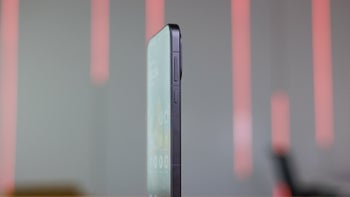
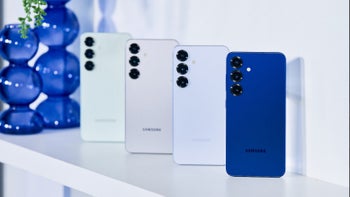

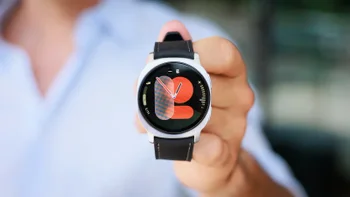
Things that are NOT allowed:
To help keep our community safe and free from spam, we apply temporary limits to newly created accounts: